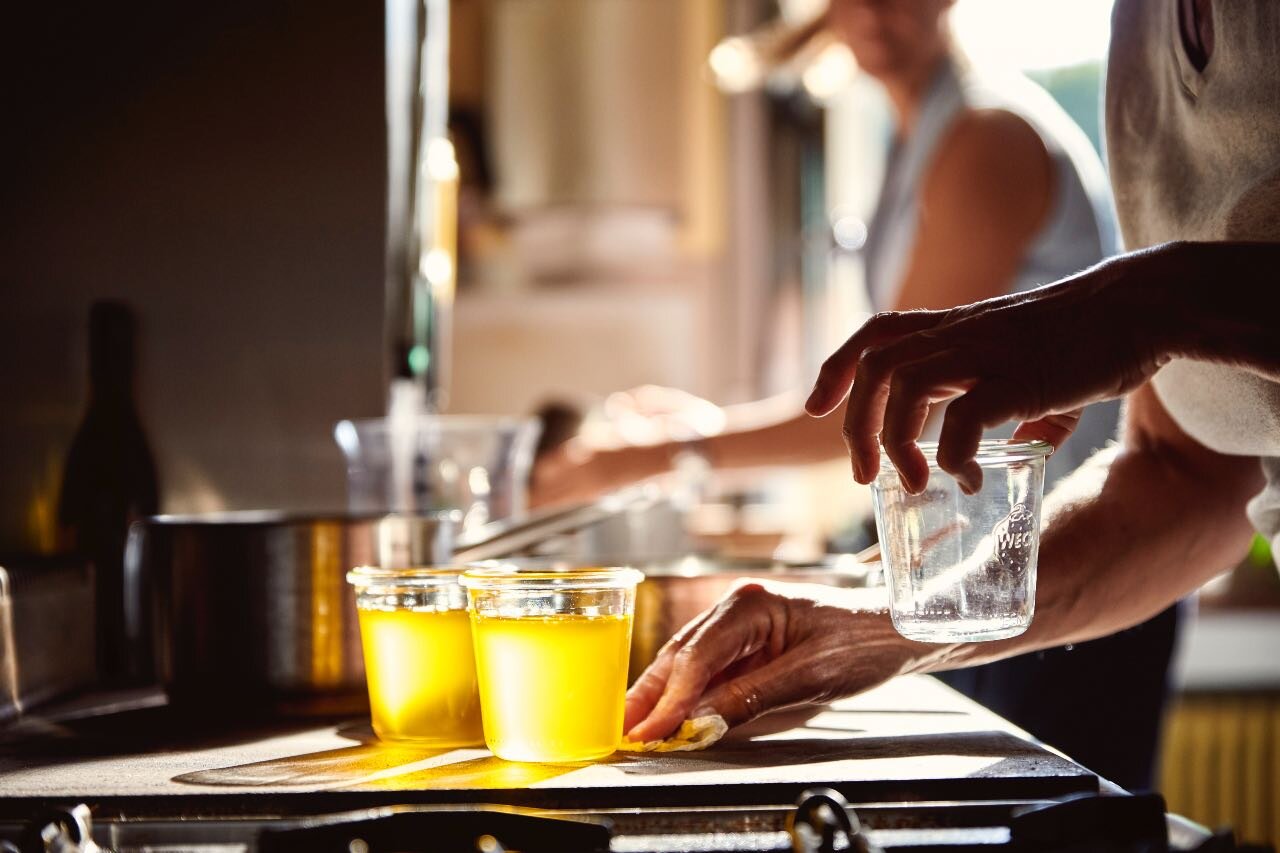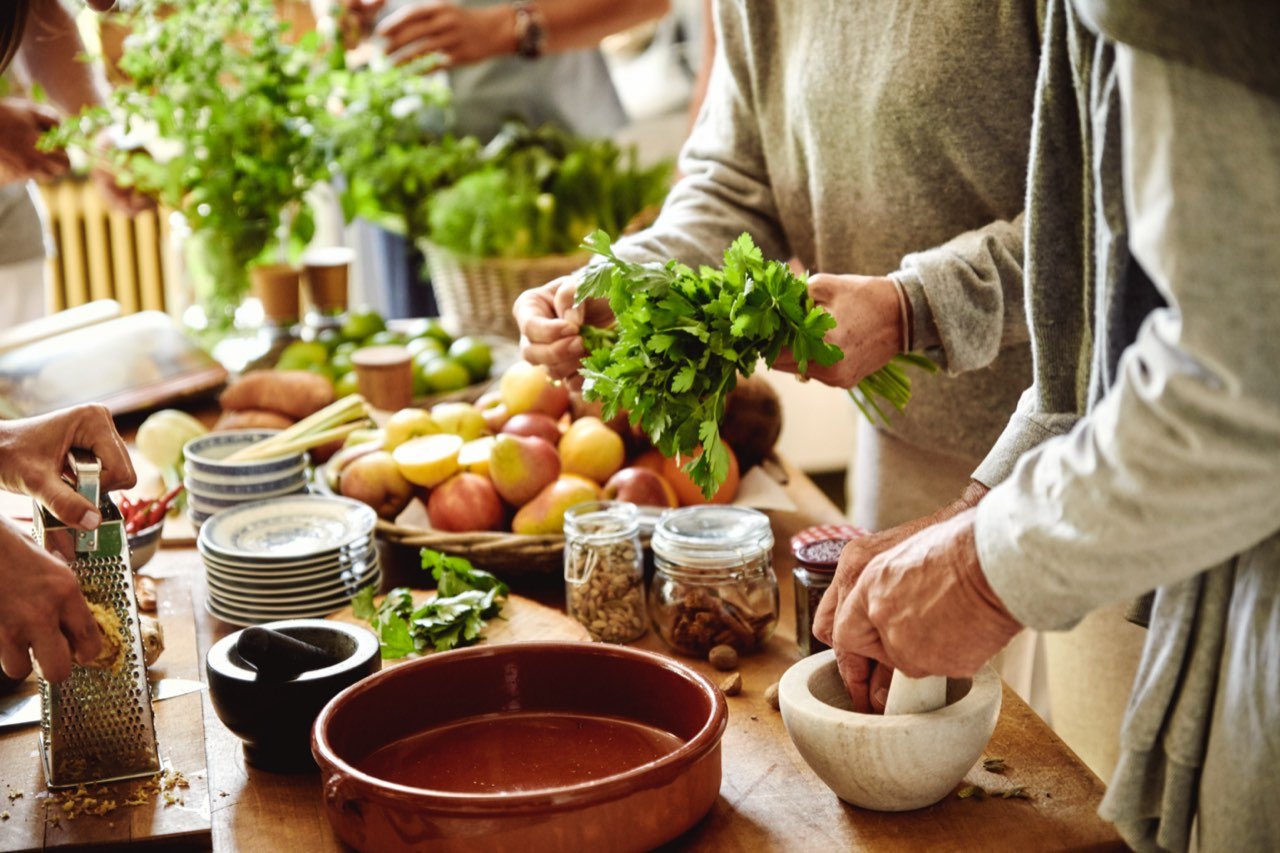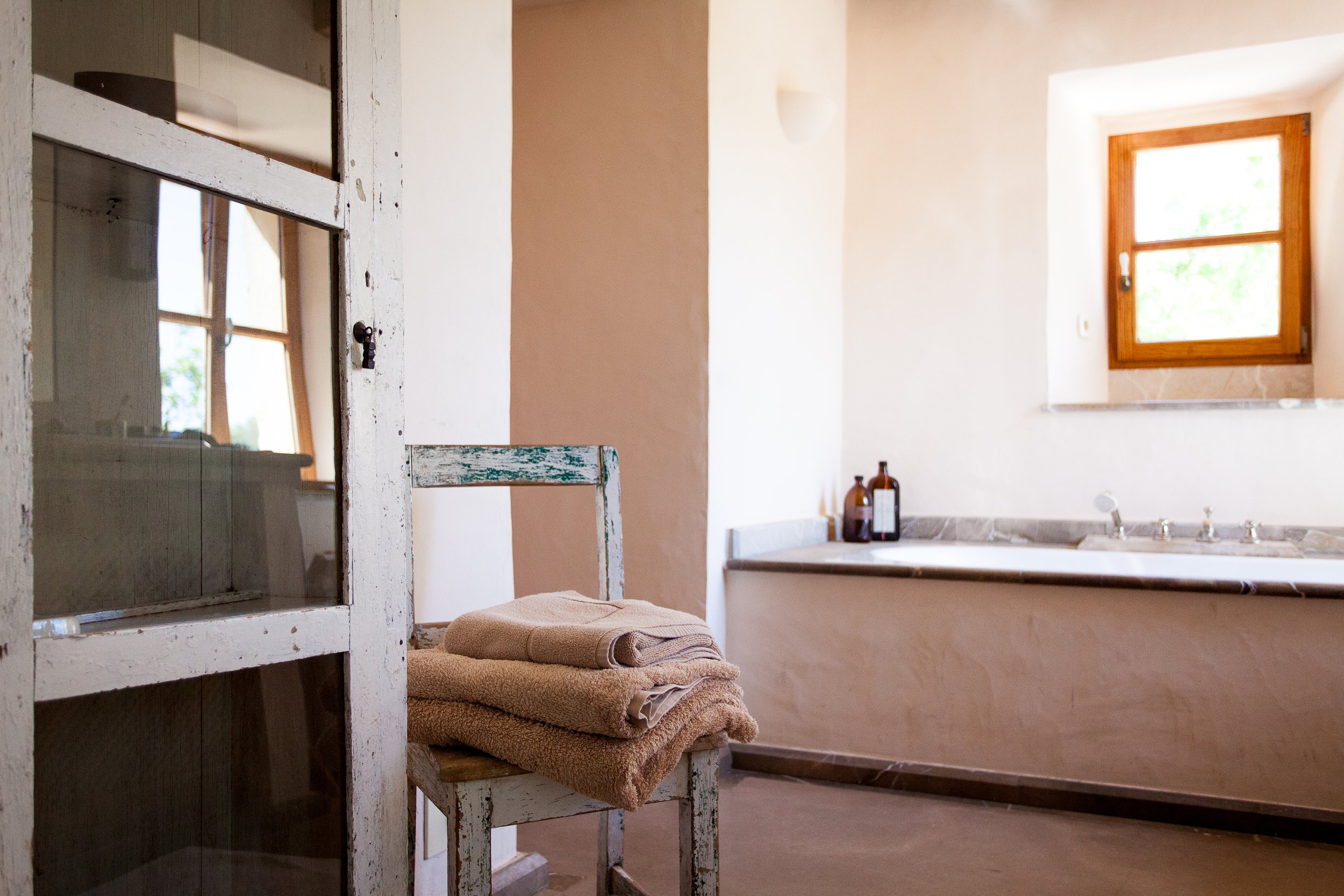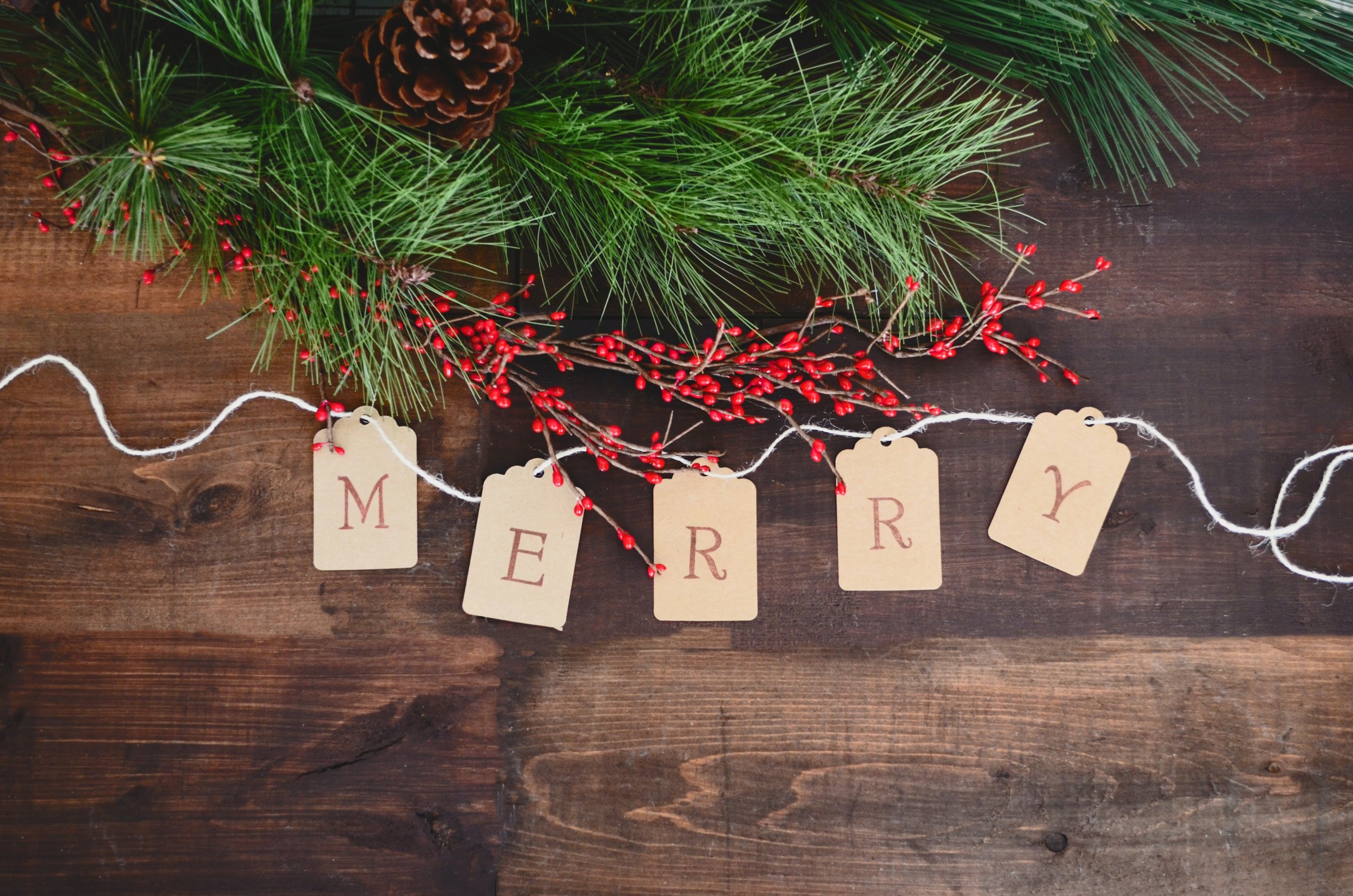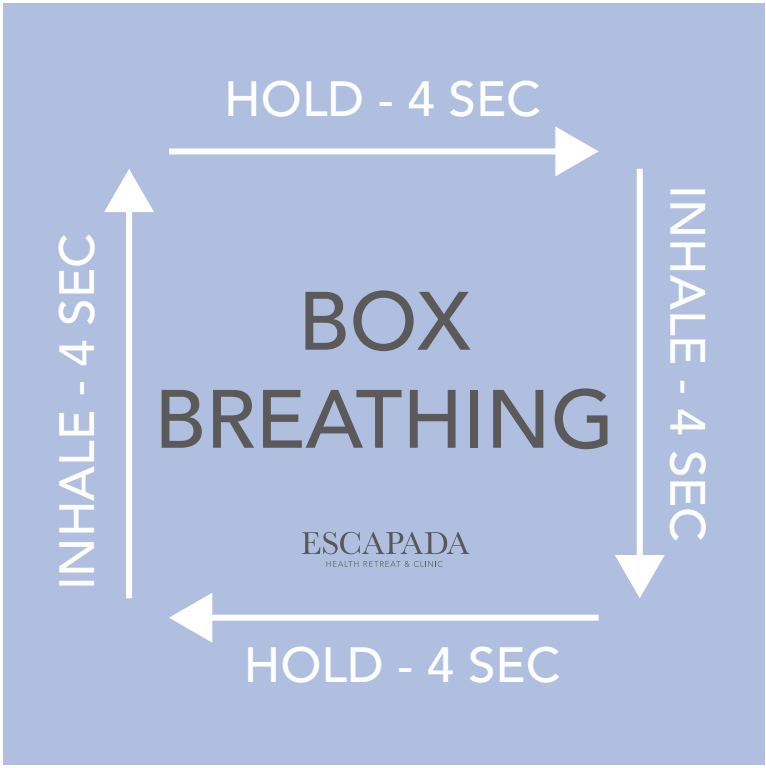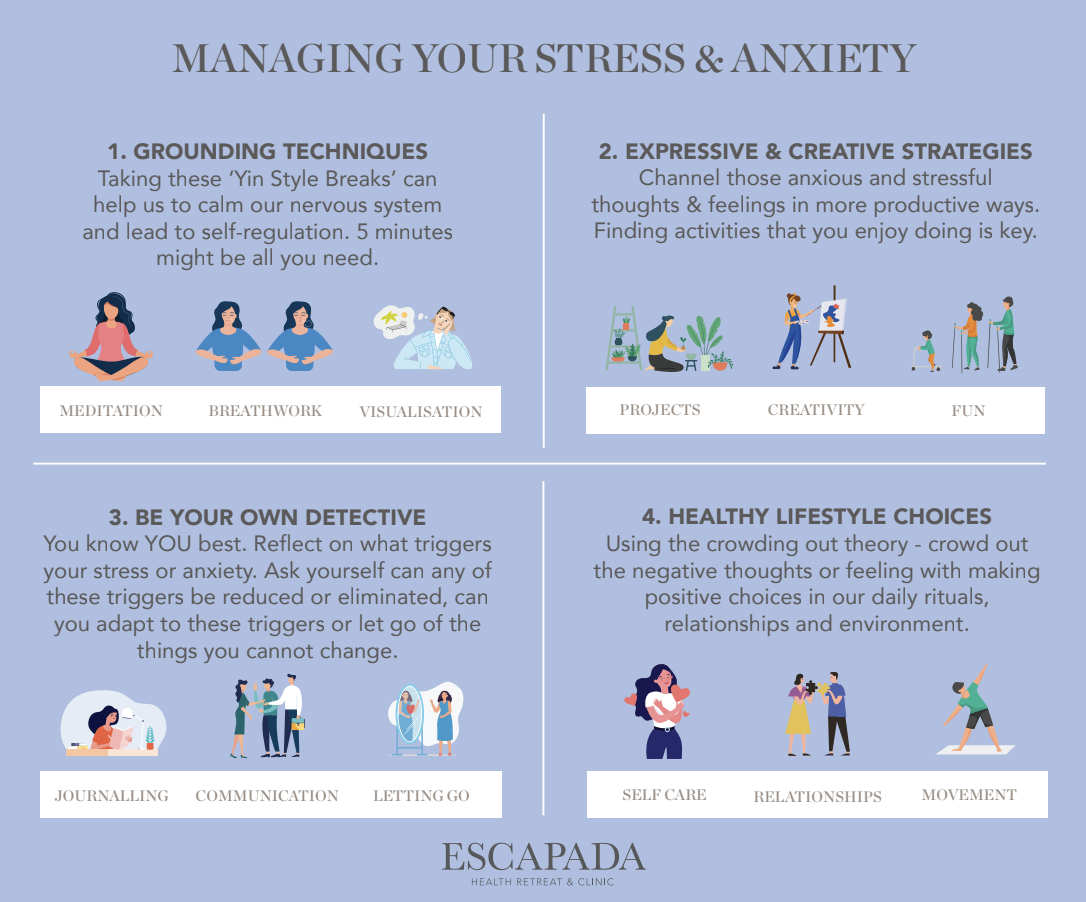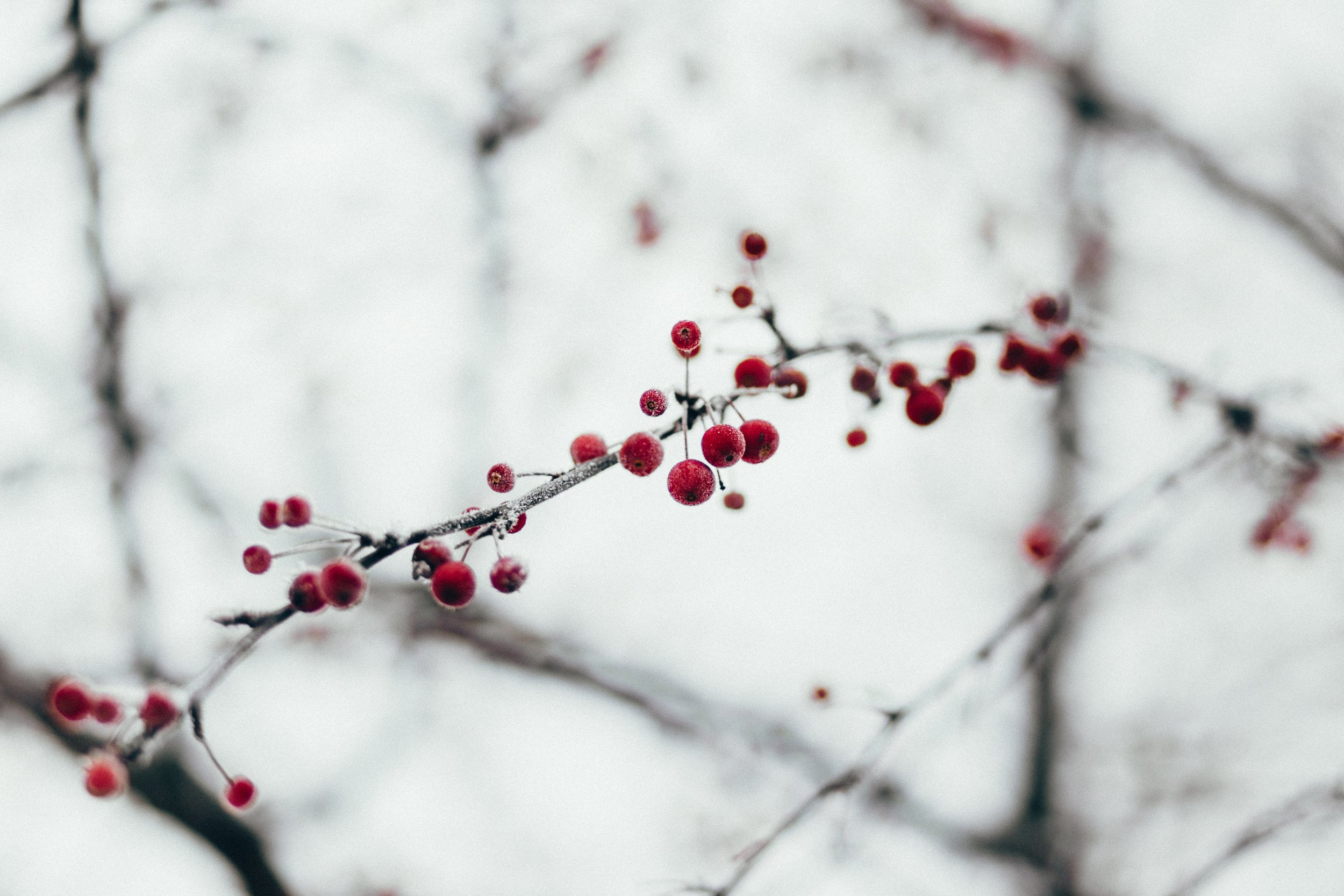YUMMY APPLE SAUCE
INGREDIENTS (MAKES 3 SMALL SERVINGS)
Apples x 2 (experiment with which types of apple suit your taste)
Ghee 1 tsp - (recipe below)
Cinnamon powder (a pinch or per taste)
Cardamom powder (a pinch or per taste)
Dried ginger powder (a pinch or per taste)
METHOD:
Peel apples, core them and cut into small pieces.
In a small amount of water, cook the apples.
Add ghee and all the powders.
Mix well and puree to a consistency that works for you.
Serve warm. We love it in our porridge in the morning
MAKE YOUR OWN GHEE FOR THE SEASON AHEAD!
Ghee is by far our favourite fat to cook with! It’s just like butter, except all the milk solids and water have been removed from it, so you’re left with nothing but pure, good for you fat that not only tastes fantastic but also has a really high smoke point, on top of being shelf stable. You can use it just like you would butter, too! It’s so delicious.
EQUIPMENT
A medium saucepan, preferably one with a heavy bottom
A large spoon to stir
A fine meshed sieve
Several layers of cheesecloth to line your sieve
A large bowl or measuring cup to receive the ghee (preferably one that has a pouring spout)
One or two glass jars to store your ghee in
INGREDIENTS & DIRECTIONS
The best quality UNSALTED* butter you can get your hands on.
Cut your butter into roughly one inch by one inch squares.
Set your butter to melt over medium heat, stirring it gently from time to time
Pretty soon, you’ll see a thick, white foam start to form at the surface.
Keep stirring until your butter starts to simmer, at which point you’ll want to turn the heat down to medium-low.
For the next 5 minutes or so, you won’t be doing much stirring.
Just let the butter simmer and watch the bubbles emerge from that thick foam, increasing in size and number
As the bubbling increases, you’ll notice that the foam will become thinner and the bubbles will become bigger and clearer.
Soon, the milk solids will start to curdle and attach the sides of the pan. That is completely normal. Just scrape the sides of the pan from time to time to help those milk solids sink to the bottom
As the milk solids sink to the bottom, you will notice that your butter is beginning to clear up. It will get more and more translucent, the bubbles will get larger and the foam will eventually completely disappear
Your butter will start to take a nice golden coloration as the milk solids, which are now at the bottom, begin to brown. Keep a close eye on your butter and keep stirring, scraping the sides and bottom so the milk solids don’t attach to the pan and burn
When the butter starts to foam for a second time? This is the indication that your ghee is now ready to be strained.
Now you want take it off the heat and let that foam settle for a few seconds.
Line your sieve with several layers of cheesecloth and set that over a large bowl, preferably one that is equipped with a pouring spout.
Pour your ghee right in!
There are then milk solids that get left behind. You will want to discard this
Now transfer your beautiful filtered ghee into a glass jar


